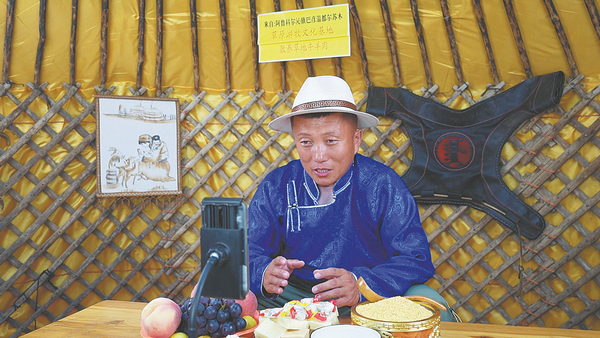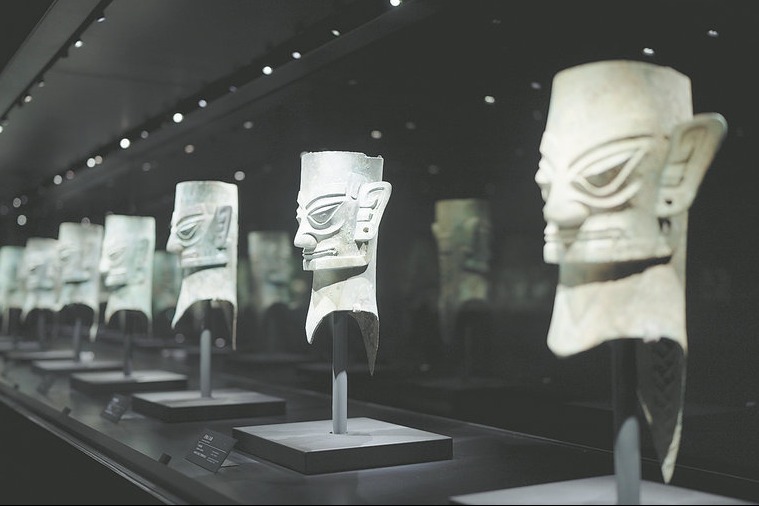Pastures for posterity
By ALEXIS HOOI and YUAN HUI | CHINA DAILY | Updated: 2023-09-09 07:13

Moving forward
Ar Horqin residents like Tsetsenbileg are leveraging its green achievements to take it to the next stages of development, tapping digital platforms, technology and other new fields.
The deputy head of Manitu village is also a livestreamer promoting local meat and dairy products, with his programs attracting up to 3 million views.
"I've helped the herders sell about 5,000 yuan ($697) of mutton in less than 10 days," says Tsetsenbileg, 36.
"We have government-supported training sessions to help us use the digital channels, so that we can share the bounty of our beautiful environment with more people," he says.
At the Talinhua company, named after one of the summer grazing spots, Ar Horqin meat is packaged as high-end products targeting urban consumers.
"Our customers in large cities like Beijing, Shanghai and Guangzhou place a premium on quality," its general manager, Zhang Guangwen, says.
"Those strict standards are met by our cattle and sheep, which are bred in an unspoiled and unpolluted place. We deliver the inimitable gems of the grasslands here to other parts of the country," he says.
The model agricultural system in Ar Horqin also includes a "farming-pasturing interlaced area" where a wide variety of crops such as millet, oats and alfalfa are grown, according to the local government.
Latest efforts building on the rich biodiversity of the area include a major push to cultivate forage crops like alfalfa, which has reaped impressive rewards.
Su Shengkun, director of the management committee of the Ar Horqin grass industry demonstration zone, says high-quality forage farming now covers more than 73,000 hectares, attracting at least 29 major enterprises involved in related businesses to the area.
























